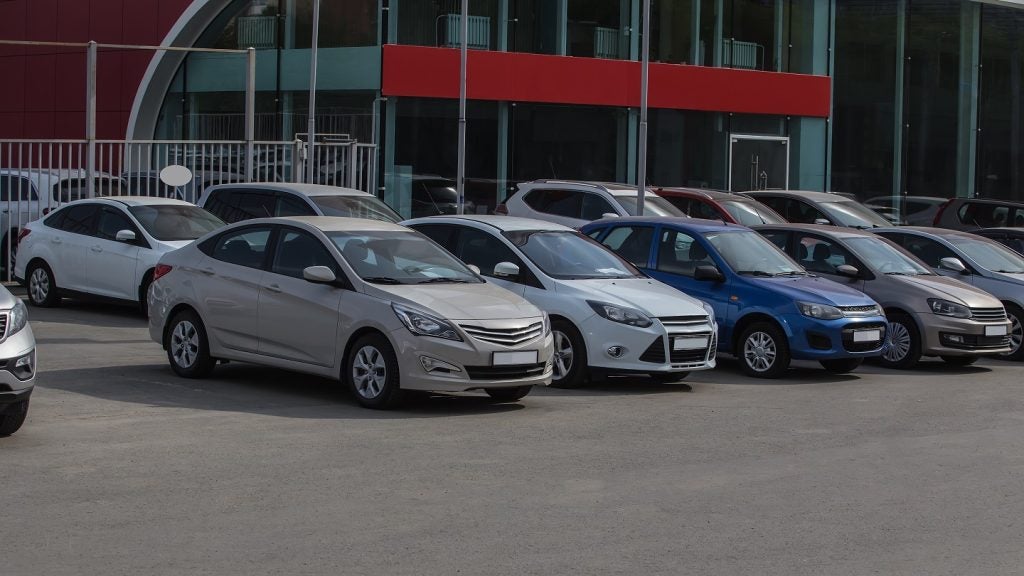
Despite rising inflation, the price of people and debts being called in, automotive still has opportunity in this market. Brendan Clarkson, director of national creditor services at Begbies Traynor Group, and Chris Leslie, director of vehicle management at MAF, write.
Automotive has made it through the last 12 months and come out bruised, but in-tact. However, only now are we starting to see the real impacts on the sector. With the threat of rising inflation, cost of raw materials and creditors looking to call in unpaid debts, this industry has a lot of obstacles to overcome as it navigates the route out of the pandemic.
Despite this, automotive can still have a strong future but leaders need to consult on a number of fronts.
The first task will be to realise the scale of the issue. Pressures from outside the industry have threatened many businesses – those that were viable before the pandemic have now been shunted into significant financial difficulties, putting jobs at risk.
According to our own Red Flag Alert, in the 12 months following the first lockdown, more than 21,000 automotive businesses were considered to be in significant distress – an increase of 39% in just 12 months. The sector is now at the highest number of businesses in distress since before 2014. The vast majority of these companies are SMEs, placing more than 93,000 jobs in danger – that’s roughly 11% of the estimated 864,000 employed in the sector.
Rising inflation and costs
How well do you really know your competitors?
Access the most comprehensive Company Profiles on the market, powered by GlobalData. Save hours of research. Gain competitive edge.

Thank you!
Your download email will arrive shortly
Not ready to buy yet? Download a free sample
We are confident about the unique quality of our Company Profiles. However, we want you to make the most beneficial decision for your business, so we offer a free sample that you can download by submitting the below form
By GlobalDataA much faster rise in inflation than the Bank of England (BoE) expected at the start of this year has caused jitters not seen since the financial crisis.
In May 2021, UK inflation jumped to 2.1% – breaching the BoE’s target for the first time in two years. One of the reasons attributing to this increase has been the easing of lockdown restrictions unleashing the pent-up consumer demand for goods too quickly.
With consumers having saved up an estimate £160bn over the last year they are now spending freely and hoovering up products forcing a rapid shortfall. Shortages of raw materials are not helping either.
Rising prices of raw materials
The cost of oil used to create plastics used in the build process of roughly 50% of cars manufactured has soared and manufacturing components as well as computer chips have also been in short supply in recent times. This will, in turn, make it harder to maintain profits, while still pricing automotive products at a level attractive to consumers.
The price of people
Figures released in 2017 by ONS found that 11% of the manufacturing sector were EU workers. With almost 250,000 manufacturing workers still on furlough at the end of April 2021 and, according to Reed, the number of automotive jobs falling by as much as 95% from January 2020 to April 2020, many talented individuals have left the UK to return overseas. It’s a recipe for thinning the talent in the market.
This has had a positive effect on employee salaries, but not for the finances of the businesses. While the salary for manufacturing workers has stayed largely the same since January 2020, automotive salaries have increased by 13%. With employers already facing repayment of loans from the government as well as private lenders this adds to the pressure.
Moratorium on court action ending
The reprieve for the many distressed businesses has been the current moratorium on court action in relation to Covid debts. This is the main reason that we have seen low insolvency numbers, but in September this moratorium is due to end and following this we may see an acceleration in formal insolvencies as debt becomes unsustainable.
In addition, the impact of rising inflation on a debt-laden UK would be considerable with a real risk of zombie businesses in many of these sectors becoming financially unviable and insolvency numbers spiralling.
Opportunity in distress
But despite this negativity there are numerous ways well-run businesses can navigate their way through hardship.
Firstly, we have to remember that automotive and other industries are ‘needs’ industries which have the great advantage of being essential to personal and public finances. People will always need to keep moving and the automotive sector with its innovation-driven businesses will be at the centre of that.
Thriving in this climate is a question of correct positioning and adaptation, and this means that finance and investment will always be on the cards for those that can meet these criteria and demonstrate viability.
According to the automotive wing of finance broker MAF, the sector is in a strong position to attract finance. In the past 18 months many new lenders have entered the market, with challenger lenders as well as more traditional high street lenders offering a range of financial aid packages. Major opportunities will present themselves to companies that can assess what finance is needed and navigate the available options.
Although low-interest finance is still available, accessing that kind of finance will take more time and involve more hoops to jump through. However, quick finance with high interest still has its place if a business needs to move rapidly on an opportunity, and in this fast-moving market we are often seeing that this is the case.
The electric buzzword
The projected end of the internal combustion engine (ICE) in 2030 is also driving positive change for the industry.
Electrification is the new buzzword as manufacturers look for early adopters of electric vehicles (EVs) – a challenge for many businesses due to infrastructure gaps and operational challenges relating to mileage constraints.
Manufacturers such as Nissan and Vauxhall are investing in gigafactories for battery manufacture and the building of EVs within the UK. Many other manufacturers such as BMW have a new lineup of EVs to lead the transition. This includes some which have already stopped building specific diesel variants to drive end-users into the uncharted waters of electric and plug in hybrid vehicles.
At first glance the automotive sector may appear to be in peril, but there is a reason there are many historic brands still in the sector. The industry is resilient and has historically found ways to adapt and evolve and will do so again.
The industry is facing financial distress, inflation, squeezed supply chains, rising material costs and the threat of creditors calling in their debts when the courts reopen, but in the face of all this there is still good cause for optimism as the sector resets to innovate and grow once more.





